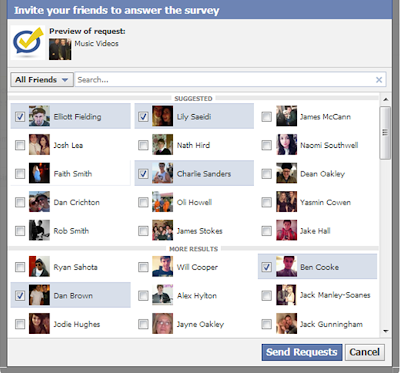My final digipak prototype came out better than I expected and I am more than pleased with the final product. As well as the digipak, I made the decision to create the packaging for the album to be released on vinyl too and I believe it was a good choice. Photoshop 7.0 paid a significant part in achieving the final product of this ancillary as it allowed me to easily layer text and other images (barcode) over the main original picture. I felt the main graffiti image I used worked great and I believe that it would work effectively as a logo for Jake Bugg as time went on. I made the decision to make the album self titled.
Front Middle (Booklet) Back
This is the finished template of my digipak. Although the same image is repeated on both the front and the back I believe this look really effective especially after printing and placing in the CD holder itself. The camera that Dan used to take the original image was of high quality as you can tell. I also edited out the background and gave it a blurry effect to ensure that the logo was the main and the central part of the cover. When it came to making the booklet, I used an image from the video I created and added lyrics to the song over it. I chose the red text so it would coincide with the red disk upon opening the CD case. It was essential that the name of the artist on the front sleeve stood out, therefore I made sure it was in capitals and could easily be read over the background.
Here is a physical copy of the Jake Bugg digipak album and what would look like if it was being sold on the shelves in music stores:
As well as the creating the digipak I made the decision to make the album available on vinyl record too. I thought it'd be a great idea especially as Record Store Day was fast approaching. If the album go the go ahead, I had planned to release the album as a limited edition red 12" vinyl with only 1000 copies pressed. I felt this added to the authenticity and would make it much more special for the release and fans of Jake Bugg. I decided to use just Bugg's initials (JB) on the vinyl edition as I felt it looked quite effective against the tiled background.
Here are a few photographs of the physical copy of the vinyl edition:








































